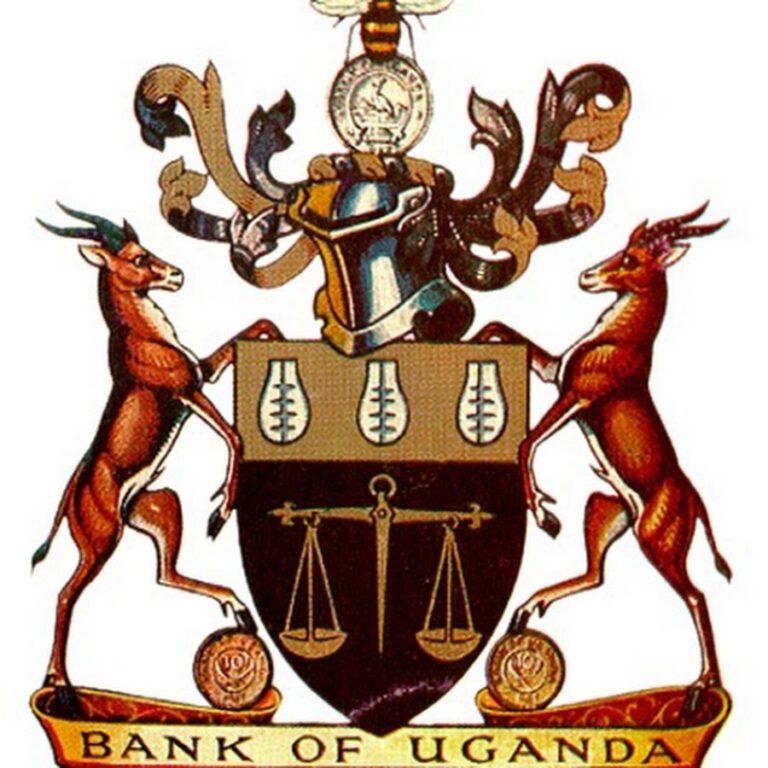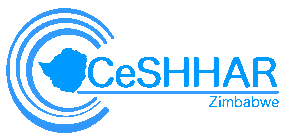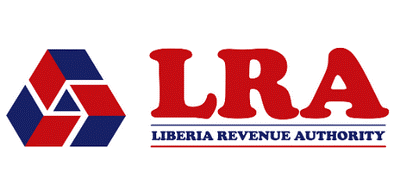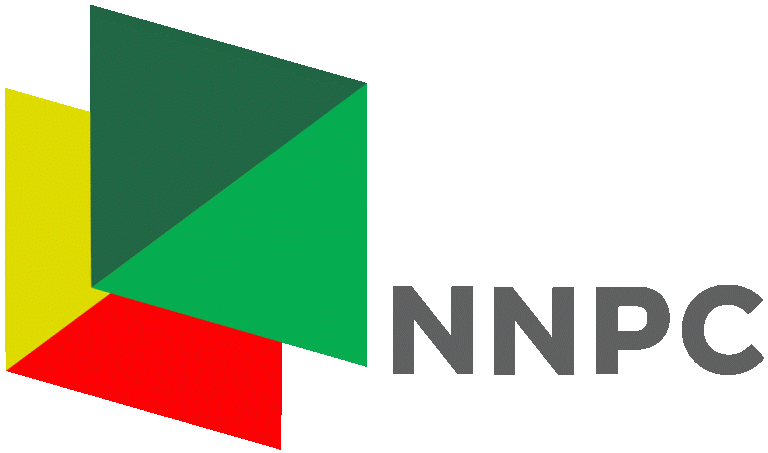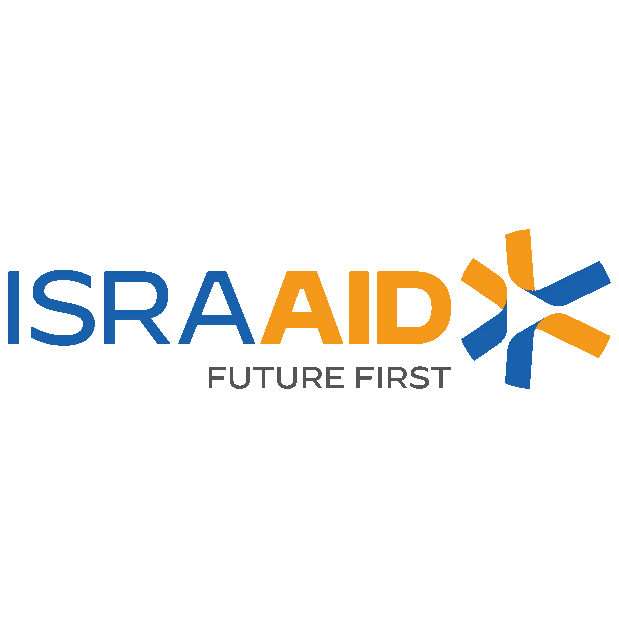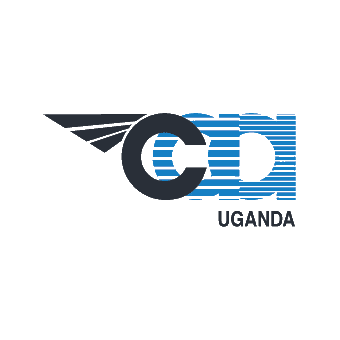HR Analytics and Reporting Using Excel and Power BI
INTRODUCTION
In today’s data-driven business environment, HR professionals must harness the power of data analytics to make informed decisions about talent management, workforce planning, and organizational strategy. This course, HR Analytics and Reporting Using Excel and Power BI, is designed to equip HR professionals with essential skills to analyze HR data effectively and transform it into actionable insights.
You will learn how to use Excel and Power BI—two widely used tools in data analysis and reporting—to organize, visualize, and report on key HR metrics. The course covers the entire process from gathering and cleaning data to building dynamic dashboards and reports that aid decision-making. By mastering these tools, you’ll be able to generate comprehensive reports, identify trends, and make data-backed HR decisions that enhance organizational performance.
This course is structured to provide a comprehensive understanding of HR Analytics, from fundamental concepts to advanced data analysis and reporting using Excel and Power BI. Each module focuses on building key skills necessary for effective HR data management, analysis, and presentation.
DURATION
5 days
COURSE OBJECTIVES
- Understand HR Analytics Fundamentals:
Learn the core concepts of HR analytics, including key metrics and KPIs for talent acquisition, employee performance, retention, and workforce planning. - Data Collection and Preparation:
Develop skills to collect, clean, and organize HR data using Excel. Understand how to handle large datasets and transform raw data into structured formats for analysis. - HR Data Analysis in Excel:
Master Excel functions and tools such as PivotTables, VLOOKUP, and conditional formatting to perform detailed analysis of HR data. - Introduction to Power BI for HR Reporting:
Learn how to use Power BI to import HR data, create interactive dashboards, and generate dynamic visualizations that offer clear insights into workforce trends and metrics. - Building Interactive Dashboards:
Use Power BI to create user-friendly dashboards that visualize key HR metrics such as employee turnover, absenteeism, recruitment funnel, and employee engagement. - Data-Driven Decision Making:
Understand how to interpret HR data and use analytics to support HR decisions related to talent management, workforce development, and organizational strategy. - Reporting and Presentation:
Develop skills to present HR reports and dashboards effectively to key stakeholders, ensuring clarity, relevance, and actionable insights. - Capstone Project:
Apply the tools and techniques learned by working on a capstone project, where you’ll analyze a real-world HR dataset and present your findings through Excel and Power BI reports.
TARGET AUDIENCE
- HR-Practitioners
- Business Intelligence Analysts.
- Data Scientists.
- Payroll Accountant
- Business Managers and Executives.
- IT Professionals.
- Database Administrators.
COURSE CONTENT
Module 1: Introduction to HR Analytics
- What is HR Analytics?
- Importance of HR Analytics in Decision-Making
- Key HR Metrics and KPIs (e.g., turnover, absenteeism, engagement, recruitment metrics)
- The role of analytics in workforce planning, talent management, and organizational development
- Case Studies: Successful HR Analytics in Organizations
Module 2: Data Collection and Preparation in Excel
- Understanding HR Data Types (structured and unstructured)
- Data Collection Techniques:
- Employee Surveys
- Performance Evaluations
- Recruitment Data, Exit Interviews
- Cleaning and organizing data for analysis:
- Handling missing and inconsistent data
- Formatting and structuring large datasets
- Data validation and preparation for analysis
- Practical Exercise: Preparing an HR dataset for analysis
Module 3: HR Data Analysis Using Excel
- Key Excel Functions for HR Analytics:
- Lookup Functions (VLOOKUP, HLOOKUP, XLOOKUP)
- IF, SUMIF, COUNTIF, and other conditional functions
- Text functions (LEFT, RIGHT, MID) for data cleaning
- Using PivotTables for HR reporting:
- Building pivot tables for headcount, turnover, absenteeism, etc.
- Grouping, filtering, and summarizing data
- Conditional Formatting to highlight trends and outliers
- Using Excel Data Analysis Toolpak for descriptive statistics (mean, median, mode, standard deviation)
- Practical Exercise: Analyze HR data using Excel functions
Module 4: Introduction to Power BI for HR Analytics
- Getting Started with Power BI:
- Overview of Power BI Desktop and Power BI Service
- Connecting to HR data sources (Excel, CSV, databases)
- Importing and cleaning HR data in Power BI
- Data transformation in Power BI using Power Query
- Data Modeling in Power BI: Creating relationships between different datasets
- Practical Exercise: Importing and preparing HR data in Power BI
Module 5: Data Visualization and Dashboards in Power BI
- Introduction to Data Visualization Best Practices
- Types of visualizations for HR data (bar charts, pie charts, histograms, scatter plots)
- Creating calculated fields for custom HR metrics
- Building Interactive Dashboards:
- Employee turnover analysis
- Absenteeism dashboards
- Recruitment funnel and hiring trends dashboards
- Employee performance and productivity reports
- Using Power BI Filters and Slicers to interact with data
- Practical Exercise: Build an HR dashboard using Power BI
Module 6: Advanced HR Analytics in Power BI
- DAX (Data Analysis Expressions):
- Basic DAX functions for HR analytics (SUM, AVERAGE, COUNT, IF)
- Time-intelligence functions for employee tenure, year-over-year comparisons
- Calculating retention rates, employee lifetime value, and other advanced metrics
- Combining multiple datasets for cross-departmental HR analysis
- Using Power BI’s AI tools for trend analysis and forecasting in HR
- Practical Exercise: Use DAX to create advanced HR metrics
Module 7: HR Reporting and Storytelling
- Best Practices in HR Reporting: Structuring reports for clarity and impact
- Telling the story behind the data: How to present insights to stakeholders
- PowerPoint Integration: Exporting Power BI visuals for executive presentations
- Automating report generation in Power BI
- Practical Exercise: Present HR analysis findings using Power BI dashboards and Excel reports
CERTIFICATION
- Upon successful completion of this training, participants will be issued with Macskills Training and Development Institute Certificate
TRAINING VENUE
- Training will be held at Macskills Training Centre. We also tailor make the training upon request at different locations across the world.
AIRPORT PICK UP AND ACCOMMODATION
- Airport pick up and accommodation is arranged upon request
TERMS OF PAYMENT
- Payment should be made to Macskills Development Institute bank account before the start of the training and receipts sent to info@macskillsdevelopment.com
Hr Analytics And Reporting Using Excel And Power Bi in Kenya
| Dates | Fees | Location | Action |
|---|---|---|---|
| 13/10/2025 - 17/10/2025 | $2,900 | Kigali |
|
| 27/10/2025 - 31/10/2025 | $1,250 | Nairobi |
|
| 03/11/2025 - 07/11/2025 | $2,900 | Kigali |
|
| 17/11/2025 - 21/11/2025 | $2,900 | Kigali |
|
| 24/11/2025 - 28/11/2025 | $1,250 | Nairobi |
|
| 01/12/2025 - 05/12/2025 | $4,000 | Johannesburg |
|
| 08/12/2025 - 12/12/2025 | $1,250 | Nairobi |
|

